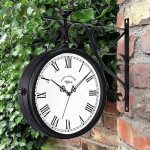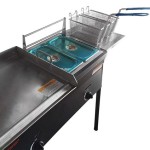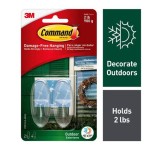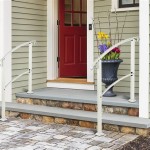Anti-Slip Material for Outdoor Steps: Essential Considerations for Safety and Accessibility
Outdoor steps are crucial elements in any property, providing access to different levels and enhancing the overall aesthetic appeal. However, slippery steps can pose a significant safety hazard, especially in wet or icy conditions. Fortunately, anti-slip materials offer an effective solution to mitigate these risks and ensure a secure footing for users.
When selecting anti-slip material for outdoor steps, several key factors must be considered to ensure optimal performance and long-term durability. Understanding these essential aspects will guide you in making the right choice for your specific needs.
1. Slip Resistance
The primary function of anti-slip material is to prevent slipping, which is measured by its coefficient of friction (COF). A higher COF indicates better slip resistance. For outdoor steps, a COF of at least 0.6 is recommended, and a value of 0.8 or higher is ideal for areas that experience frequent moisture or heavy foot traffic.
2. Durability and Weather Resistance
Outdoor steps are exposed to various weather conditions, including rain, snow, sunlight, and extreme temperatures. The anti-slip material you choose must withstand these elements without significant degradation or loss of performance. Look for materials that are UV-resistant to prevent fading and wear from sunlight, and ensure that they can withstand freeze-thaw cycles without cracking or peeling.
3. Material and Texture
Anti-slip materials for outdoor steps come in a range of materials, each with its unique properties. Common options include rubber, plastic, metal, and concrete. The texture of the material is also crucial, as it determines the level of grip it provides. Choose materials with a textured surface, such as dimpled or grooved patterns, to enhance slip resistance.
4. Ease of Installation
The installation process for anti-slip materials can vary depending on the material and the surface of your steps. Consider materials that are easy to apply and can be installed with minimal disruption or downtime. Self-adhesive strips or tiles are convenient options that can be applied directly to the step surface.
5. Aesthetics and Design
While safety is paramount, the anti-slip material you choose should also complement the overall design of your outdoor space. Choose materials that are available in colors and finishes that match the surrounding aesthetics. Consider using materials that can be customized or cut to fit the shape of your steps to ensure a seamless and visually pleasing result.
Conclusion
Choosing the appropriate anti-slip material for outdoor steps is essential to enhance safety and accessibility for users. By considering factors such as slip resistance, durability, material and texture, ease of installation, and aesthetics, you can make an informed decision that meets the specific requirements of your property and ensures a secure footing for all.

Anti Slip Solutions For Slippery Steps How To Make Non

Design Amp Materials Problem What Are The Diffe Ways To Make Outdoor Stairs Non Slippery Core77

5 Pieces 6 X 24 Commercial Grade Non Slip High Traction Stair Safety No Tape Grip Strong Adhesive Com

3m Non Slip Stair Treads 6 X 24 Indoor Outdoor Skid Tape Safety Walk 310

Pvc Stair Step Anti Slip Strip For Schools Kindergartens Indoor Outdoor Stairs Tiles Marble Fruugo No

Non Slip Outdoor Stair Treads Pet Material Pvc Black Pre Temu

Non Slip Tape For Outdoors Wood Tile Concrete And More No Strip

Ottomanson Waterproof Low Profile Non Slip Indoor Outdoor Rubber Stair Treads 10 In X 30 Set Of 5 Black Gold Psr9011 5pk The Home Depot

Custom G603 Anti Slip Granite Riser Steps Indoor Outdoor Stone Risers Marble Stairs China Stair Natural Made In Com

防滑透明贴纸 Anti Slip Traction Adhesive Tape Clear Safety Non Grip For Tub Stairs Steps Floors Indoor Outdoor 货品包装与保护 Packaging Protection Johor Bahru Jb Malaysia Skudai Supplier Suppliers Supply Supplies








